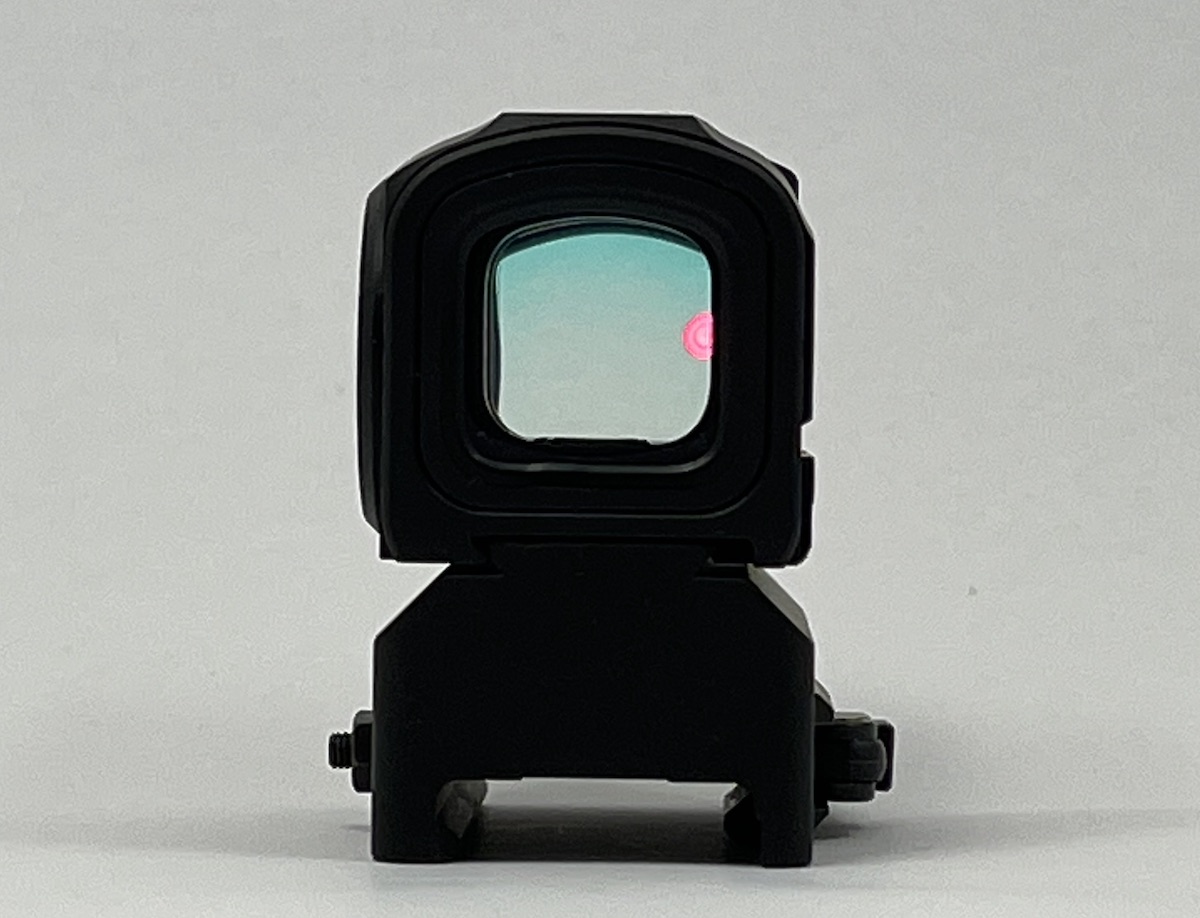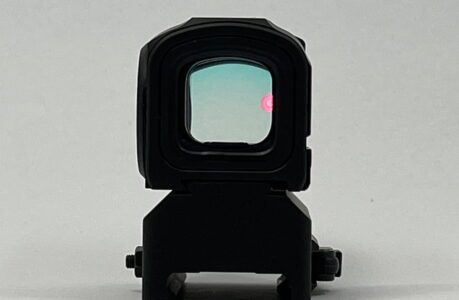What is a red dot finder
A red dot finder is a small device that helps telescope users locate celestial objects in the night sky. It projects a small red dot onto the sky, which allows the user to quickly and accurately aim the telescope at the desired target. The red dot finder is a popular accessory for telescopes, particularly for amateur astronomers who want to make the most of their stargazing experience. It is easy to use and can help you find stars, planets, and other celestial objects more efficiently, saving time and effort.
How do I calibrate a red dot finder
Calibrating a red dot finder is a simple process that involves aligning the device with the telescope’s eyepiece. Here are the steps to calibrate a red dot finder:
- Install the red dot finder on your telescope using the supplied mounting bracket.
- Locate a bright, easy-to-find object in the sky, such as the moon or a bright star.
- Without moving the telescope, look through the eyepiece and adjust the alignment until the object is centred in the field of view.
- While looking through the eyepiece, adjust the red dot so that it is also centred on the object in the sky.
- Once the red dot is aligned with the object in the sky, your red dot finder is calibrated and ready to use.
It’s important to note that different red dot finders may have slightly different calibration processes, so it’s always best to refer to the instruction manual that comes with your specific device. Calibrating your red dot finder will ensure that you get accurate results when locating celestial objects, making your stargazing experience more enjoyable and rewarding.
How do I use a red dot finder
Using a red dot finder is a simple process that involves pointing the device at the desired celestial object and aligning the red dot with it. Here are the steps to use a red dot finder:
- Turn on the red dot finder and make sure it is calibrated to your telescope.
- Look through the eyepiece of your telescope and identify the general area where the celestial object you want to observe is located.
- While looking through the eyepiece, move the telescope slowly until the object appears in the field of view.
- At the same time, look through the red dot finder and adjust the device until the red dot is centred on the object in the sky.
- Once the red dot is aligned with the object in the sky, you can adjust the telescope’s focus to get a clear view of the celestial object.
- Enjoy observing the object through your telescope.
It’s important to note that different red dot finders may have slightly different instructions, so it’s always best to refer to the instruction manual that comes with your specific device. Using a red dot finder can make stargazing much easier and more efficient, allowing you to spend more time observing celestial objects and less time searching for them.
Alternatives to a red dot finder
While a red dot finder is a popular and efficient accessory for telescopes, there are other options available for those who prefer different types of finders. Here are some alternatives to a red dot finder:
- Finder scope: A finder scope is a small telescope that is mounted on top of the main telescope. It provides a magnified view of the sky and helps to locate celestial objects. Finder scopes are more accurate than red dot finders but can be more challenging to use.
- Telrad finder: A Telrad finder is a reflex sight that projects concentric circles onto the sky. It allows you to aim your telescope accurately at celestial objects and is easy to use. However, it can be less precise than a red dot finder or a finder scope.
- Smartphone app: There are various smartphone apps available that can help you locate celestial objects in the sky. They use your phone’s GPS and compass to show you a map of the sky and guide you to the desired object. This is a convenient option for those who prefer to use technology for their stargazing activities.
- Star charts: Star charts are maps of the night sky that show the positions of stars, planets, and other celestial objects. They can be used to locate objects in the sky by comparing the chart to the actual view through your telescope.
Ultimately, the choice of finder depends on your personal preferences and stargazing needs. It’s a good idea to experiment with different types of finders to determine which one works best for you.

